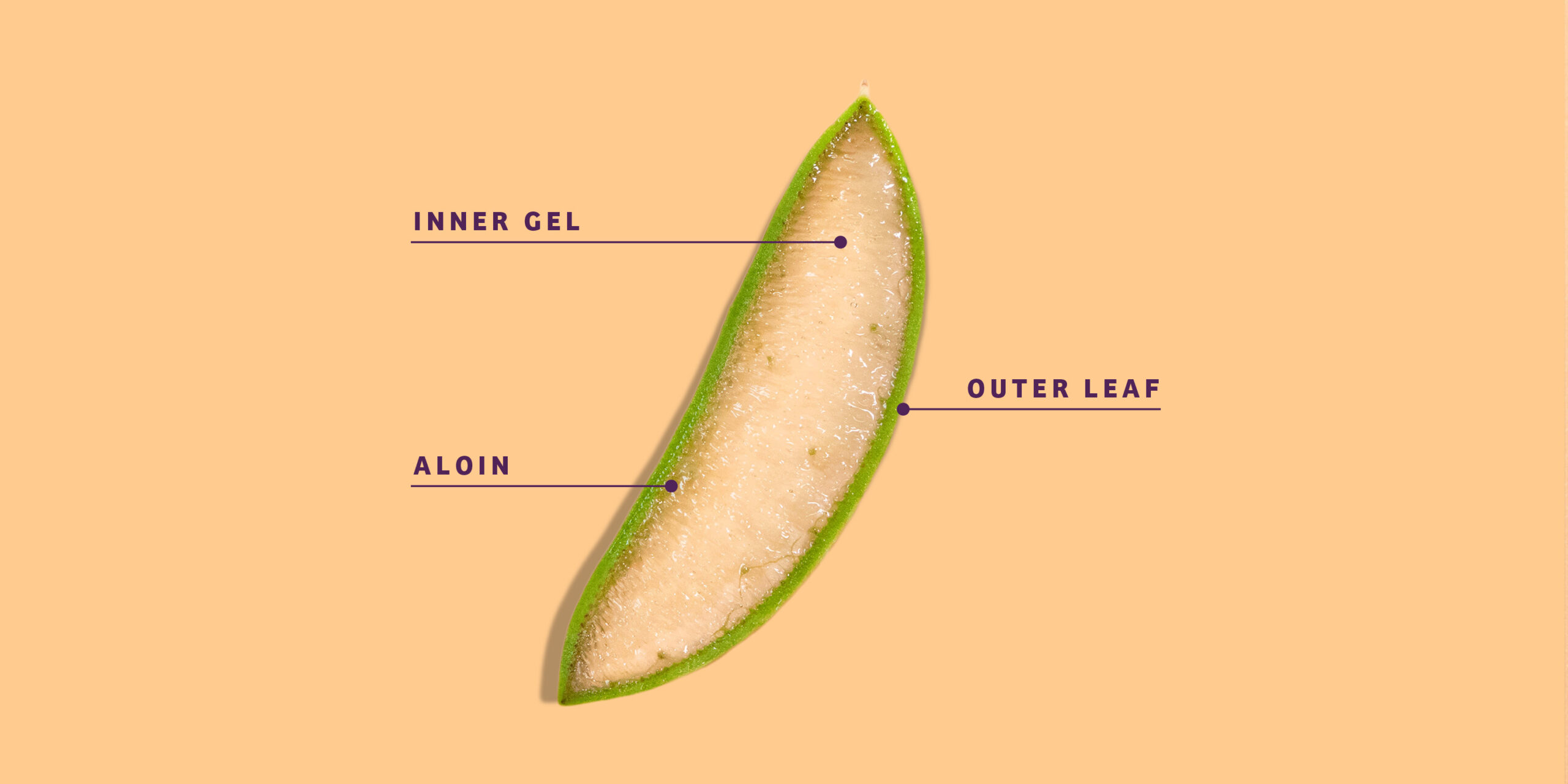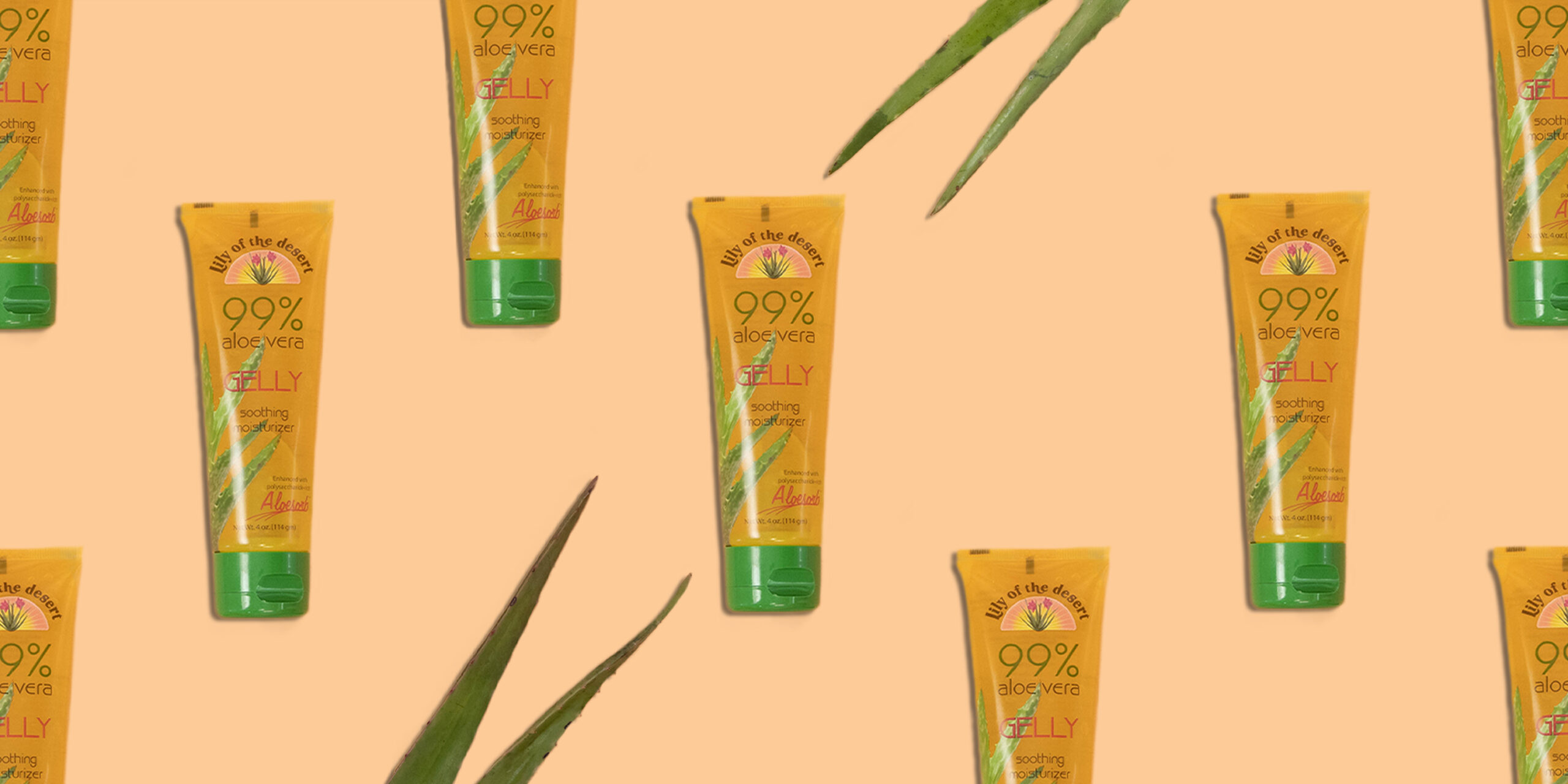 I don’t know about you, but around here pumpkins become a staple this time of year — and for good reason. They’re beautiful to look at, a healthy and versatile ingredient to use, and better yet … they’re so much fun to play with! (More on that in a later post.) As we barrel full-speed ahead into October, let’s take a moment and exercise some appreciation for the humble vine vegetable that truly symbolizes this season.
I don’t know about you, but around here pumpkins become a staple this time of year — and for good reason. They’re beautiful to look at, a healthy and versatile ingredient to use, and better yet … they’re so much fun to play with! (More on that in a later post.) As we barrel full-speed ahead into October, let’s take a moment and exercise some appreciation for the humble vine vegetable that truly symbolizes this season.
Pumpkins are members of the cucurbit (gourd) family, which includes other fall harvest favorites like squash, cucumbers, luffas, and melons. As a matter of fact, the word “pumpkin” originated from the Greek word “Pepõn,” which means “large melon.” They are thought to have originated in the ancient Americas, and once corn was introduced there, farmers began practicing an early form of sustainable agriculture using the “Three Sisters” method of farming*.
There is evidence to suggest that Native Americans used pumpkin in a multitude of ways to keep them fed through the long, cold winters: they dried strips of pumpkin and wove them into mats; they roasted long strips on the open fire and ate them; they ate the seeds and used them as a medicine; the blossoms were added to stews; and they even dried pumpkin to later be ground into flour. Perhaps most fascinating is that the origin of pumpkin pie can be traced all the way back to the 17th century when Natives and colonists sliced off the pumpkin top, removed the seeds, filled the insides with milk, spices and honey, and then baked it in hot ashes. It kind of makes you feel like that old saying, “as American as apple pie” should be amended, right?
Fast forward to today. Take a look at a pumpkin and what’s the first thing you notice? It’s iconic and vibrant orange hue. The beautiful color is a telltale sign that these puppies are loaded to the stems with beta-carotene. Not only that, but pumpkins are low in calories, fat, and sodium, high in fiber — (those are magical words, aren’t they?) — and they’re good sources of Vitamin A, Vitamin B, potassium, protein, and iron. A pumpkin’s seeds are an excellent source of dietary fiber and monounsaturated fatty acids, which are good for heart health. In addition, the seeds are concentrated sources of protein, minerals, and health-benefiting vitamins and are an excellent source of the amino acid tryptophan, which is converted to GABA in the brain.
If there’s anything to be learned here today, it’s this: the pumpkin is good for more than just sitting on your front porch awaiting it’s doomed fate come November 1. Take a note from its resourceful past and discover the many delicious ways you can incorporate it into your diet. Need some help finding a recipe that suits you? These websites have enough healthy dish ideas to feed you through the month of October, and then some:
- 15 Healthy Pumpkin Recipes (Whole Living)
- 30 Healthy Pumpkin Recipes (PopSugar Fitness)
*Interested in starting your own Three Sisters Garden next spring? Read about it here.




